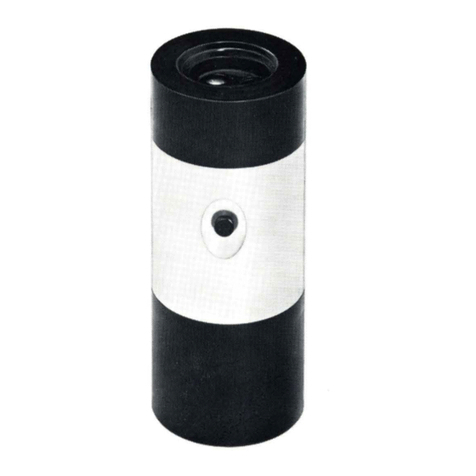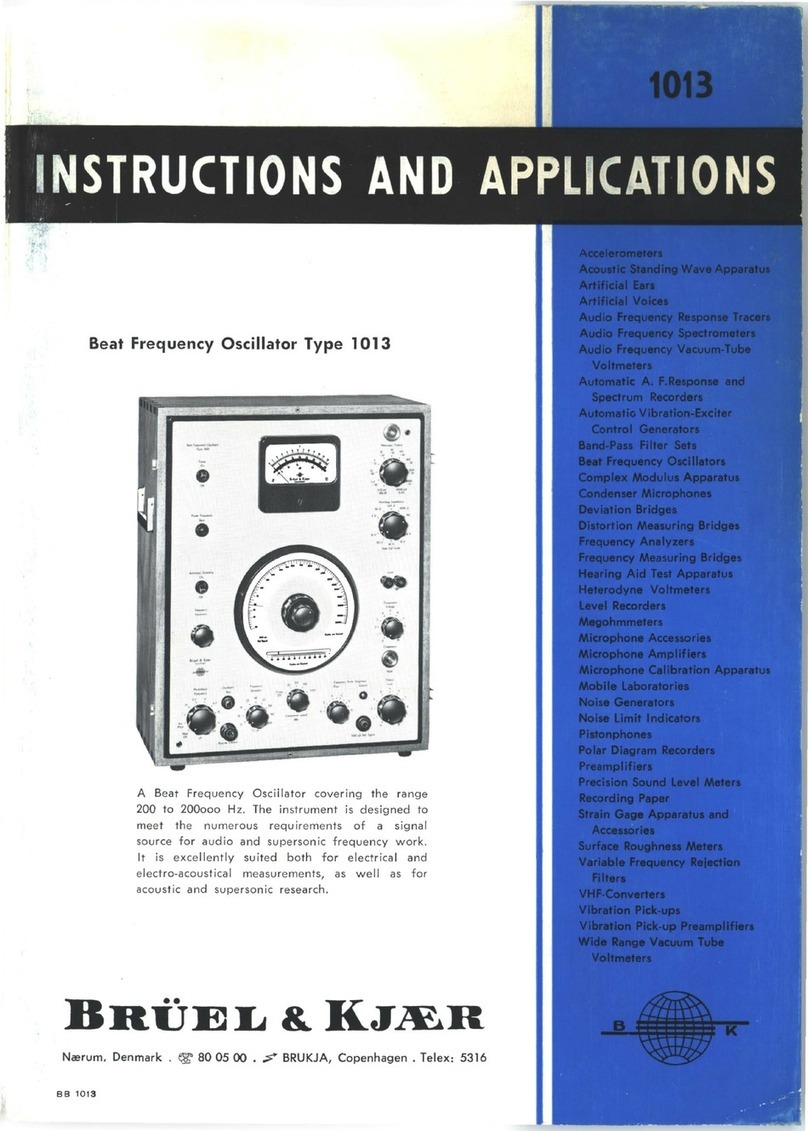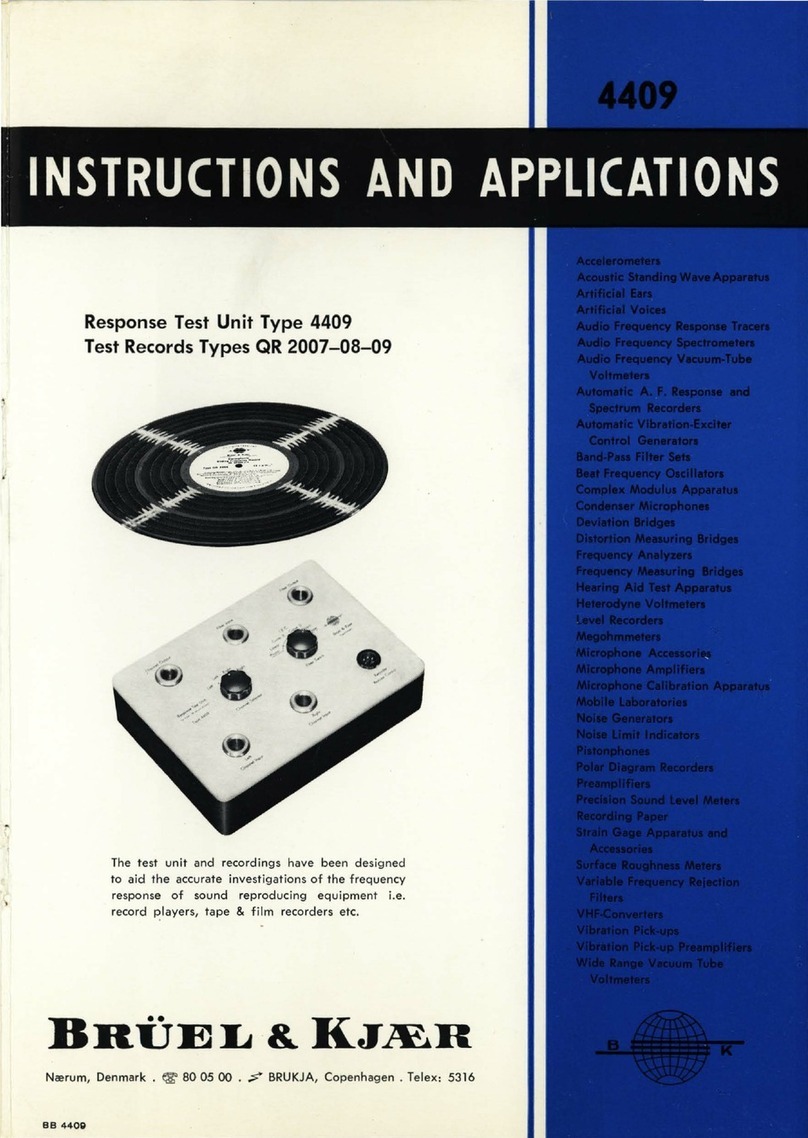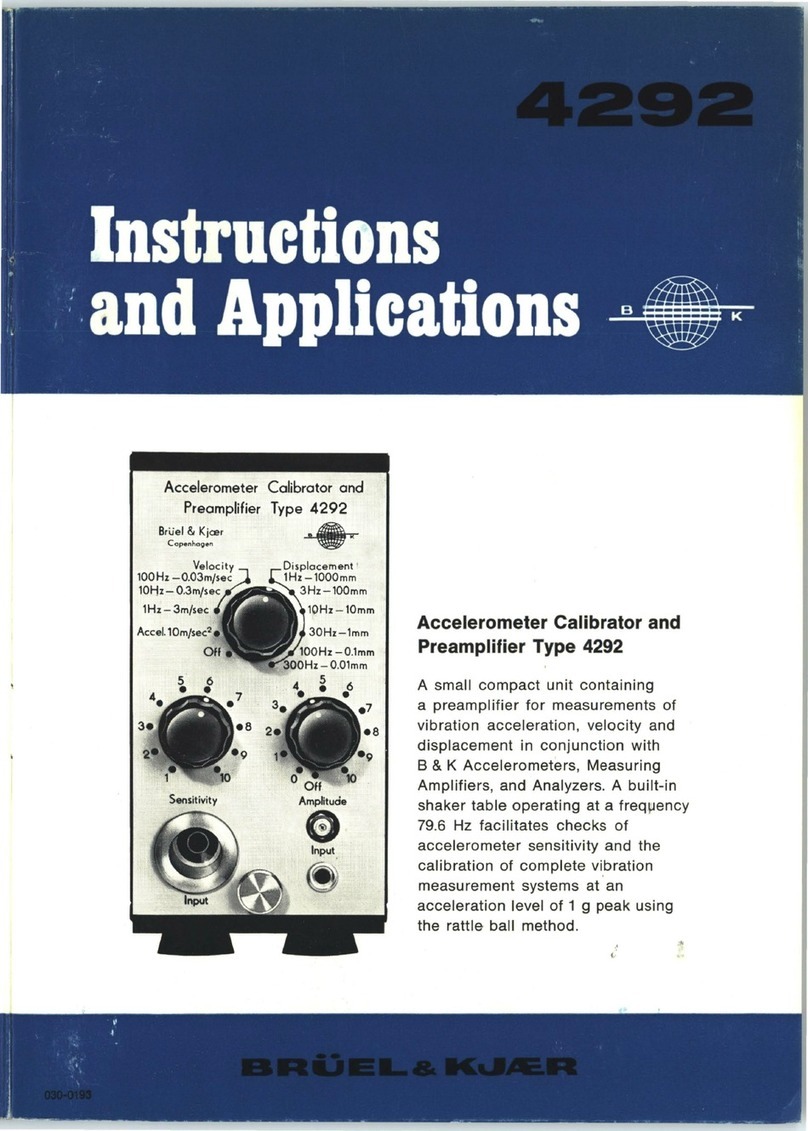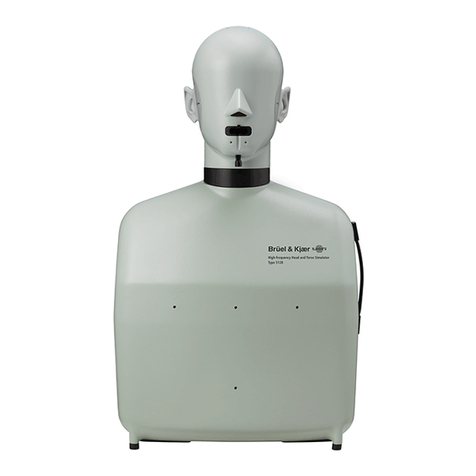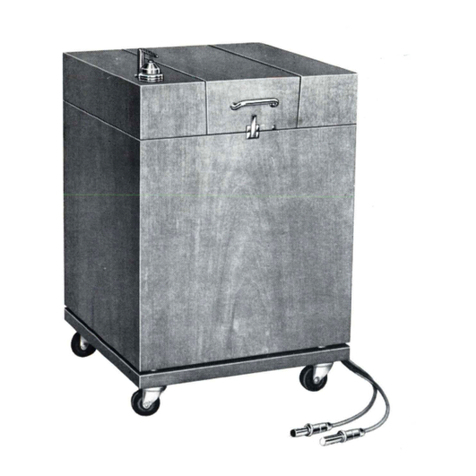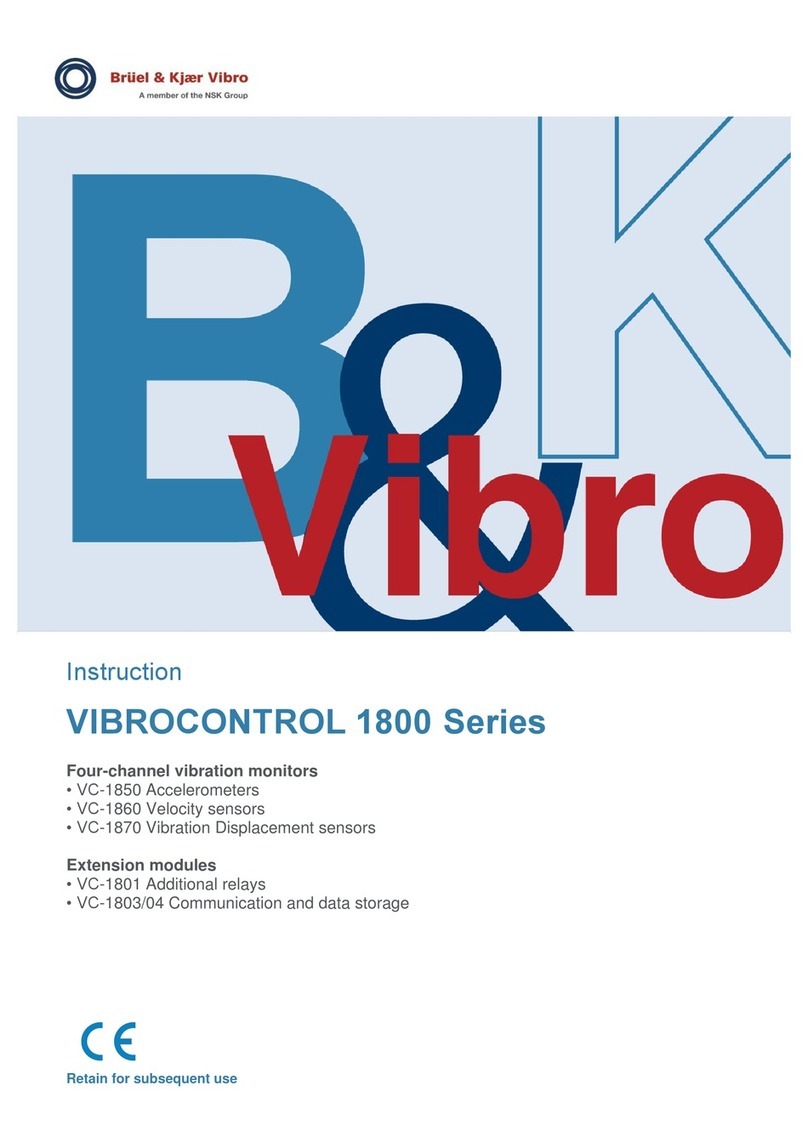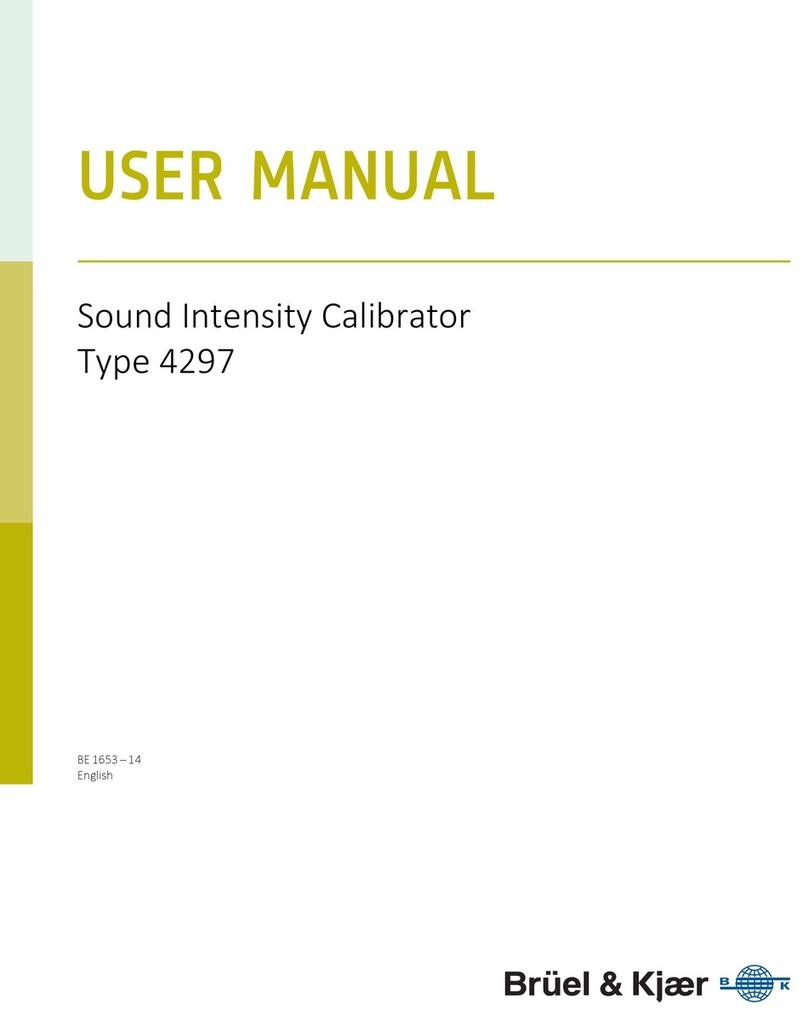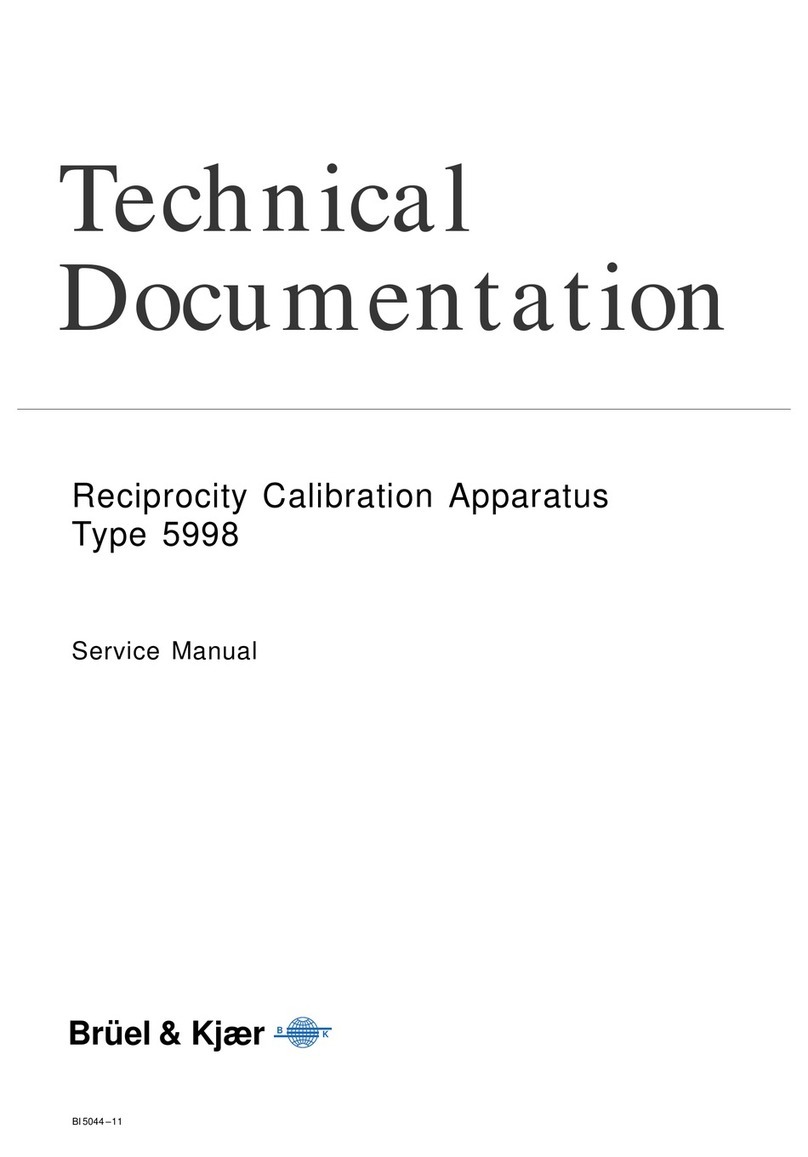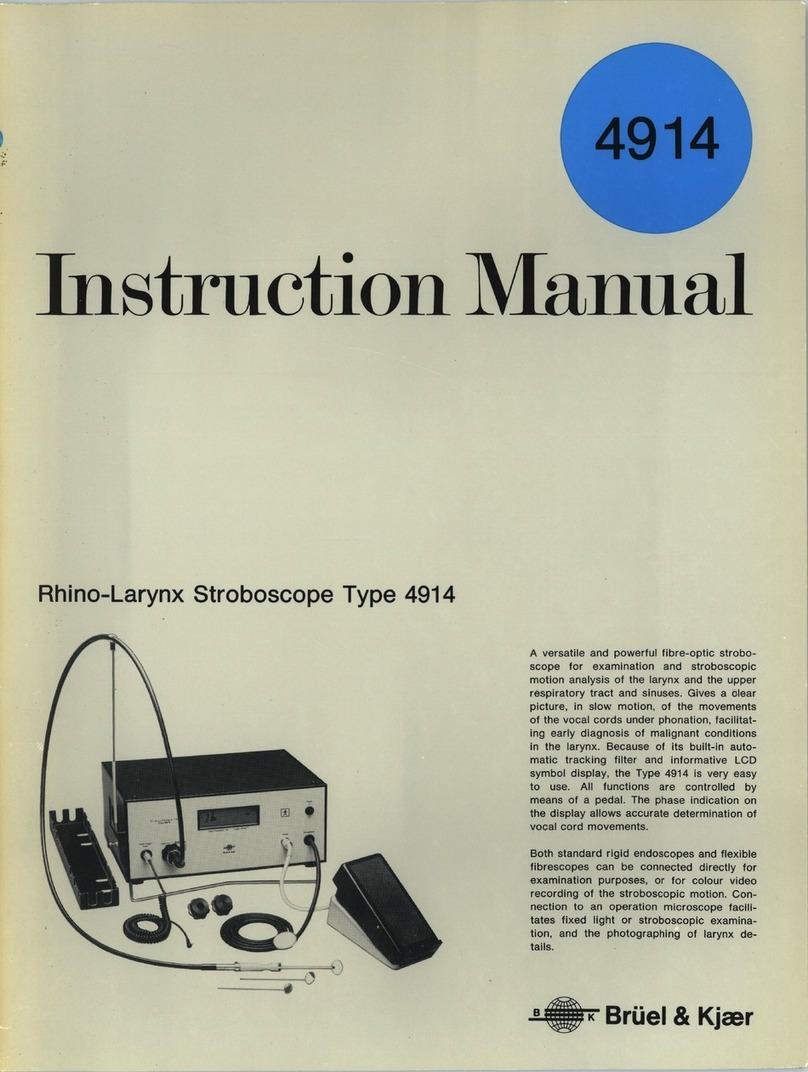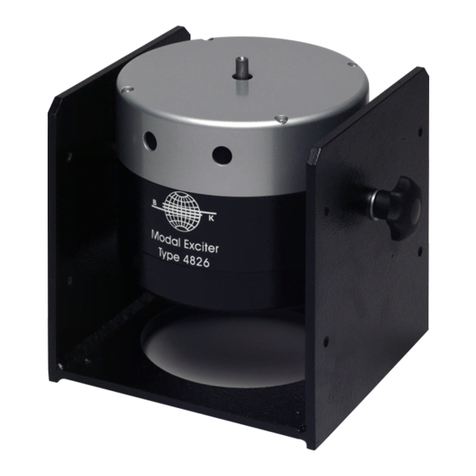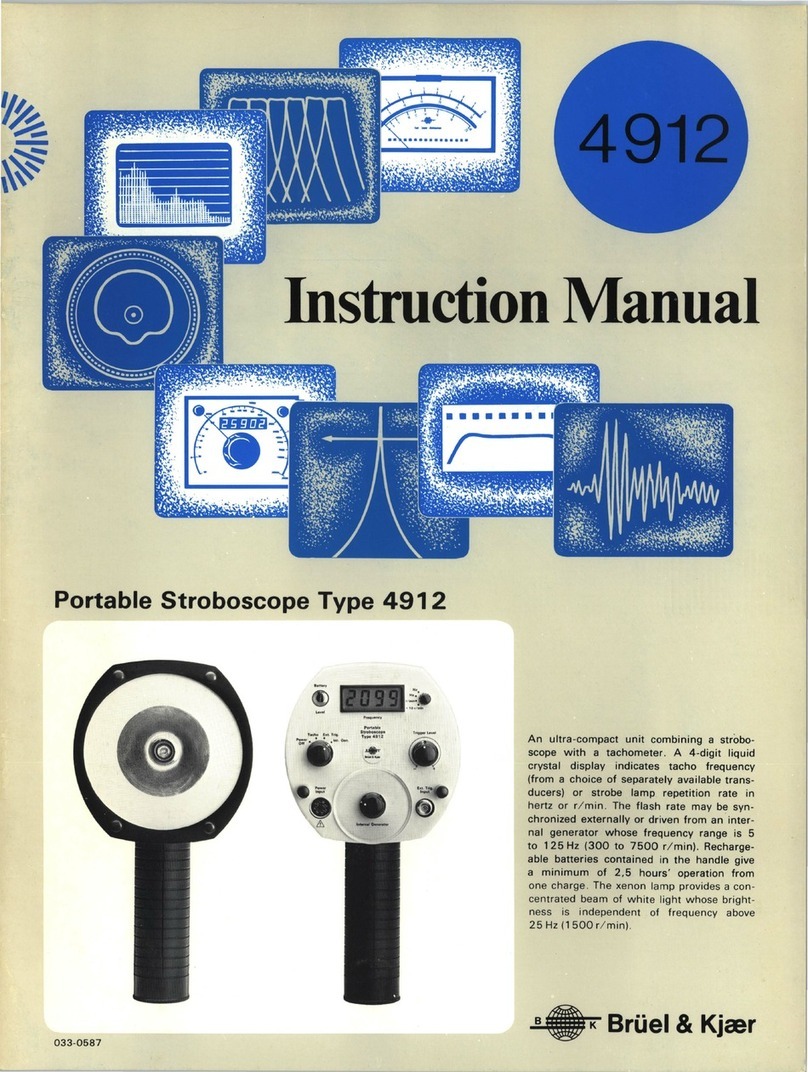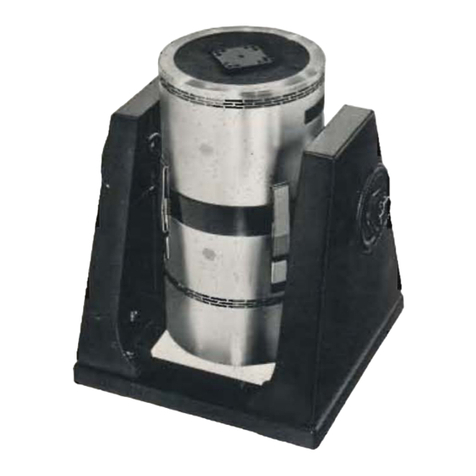
Contents
1.
Description . . . . . . . . . . . . . . . . . . . . . . . . . . . . . . . . . . . . . . . . . . . . . . . . . . . . . . . 3
Purpose
of
the
Equipment
. . . . . . . . . . . . . . . . . . . . . . . . . . . . . . . . . . . . . . . . . . 3
Description
of
the
Test
Records
. . . . . . . . . . . . . . . . . . . . . . . . . . . . . . . . . . . . 4
General . . . . . . . . . . . . . . . . . . . . . . . . . . . . . . . . . . . . . . . . . . . . . . . . . . . . . . . . . . . 4
Recording Characteristics . . . . . . . . . . . . . . . . . . . . . . . . . . . . . . . . . . . . . . . . . . 9
Recorded
Level
Tolerances . . . . . . . . . . . . . . . . . . . . . . . . . . . . . . . . . . . . . . . .
11
Response
Test
Unit
Type
4409 . . . . . . . . . . . . . . . . . . . . . . . . . . . . . . . . . . . . . .
13
Channel Selector . . . . . . . . . . . . . . . . . . . . . . . . . . . . . . . . . . . . . . . . . . . . . . . . . . 14
Equalizing Filter
...................
.
..............................
14
Synchro-Starter
. . . . . . . . . . . . . . . . . . . . . . . . . . . . . . . . . . . . . . . . . . . . . . . . . . . 14
General Description
................................................
14
Functioning
.......................................................
16
2. Operation
..............
·. . . . . . . . . . . . . . . . . . . . . . . . . . . . . . . . . . . . . . . . . .
17
Practical
Hints
for
Use
of
the
Test-Records
..........................
17
Automatic
Frequency
Response
Plotting
. . . . . . . . . . . . . . . . . . . . . . . . . . . .
17
Automatic
Gliding
Frequency
Cross-Talk
Measurements
..............
19
General
...........................................................
19
Operating Procedure
..............................................
20
Synchronous
Filtering
Adjustment
. . . . . . . . . . . . . . . . . . . . . . . . . . . . . . . . . .
22
Automatic
Distortion
Measurements
. . . . . . . . . . . . . . . . . . . . . . . . . . . . . . . .
25
Examples
of
Practical Results . . . . . . . . . . . . . . . . . . . . . . . . . . . . . . . . . . . . . .
26
Use
of
the
Test
Record
QR 2008
....................................
28
Spot
Frequencies
..................................................
28
1
kHz
Reference
Tones
. . . . . . . . . . . . . . . . . . . . . . . . . . . . . . . . . . . . . . . . . . . . 28
100
Hz
Tracking
Test
..............................................
28
Tone
Arm
Resonance
..............................................
29
Test
of
Tape
Recorders
etc. . . . . . . . . . . . . . . . . . . . . . . . . . . . . . . . . . . . . . . . . 30
Synchro-Start
of
a
Continuous
Recording
. . . . . . . . . . . . . . . . . . . . . . . . . . . . 33
Specifications . . . . . . . . . . . . . . . . . . . . . . . . . . . . . . . . . . . . . . . . . . . . . . . . . . . . . . . . 34
